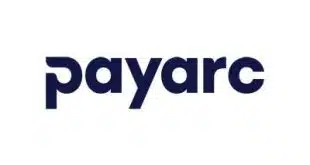Talk about an anticlimax. Did anyone really notice that on April 1 the Consumer Financial Protection Bureau’s long-dreaded diktat regulating the prepaid industry finally took effect? We took note of the event, of course, in our daily news service, Digital Transactions News, because that’s our job. But though we bent our ear, we heard none of the wailing and gnashing of teeth we were led to expect from the $700-billion U.S. prepaid card industry.
At first, this seemed surprising. After all, opposition to this 1,600-page tome of regulation was at one time so fierce that a hostile Congress tried to scupper the whole thing. At the time, much concern centered on the rule’s unwieldy bulk. After all, what snares might lurk for the unwary in all those pages?
That’s the lingering reservation Ben Jackson, chief operating officer of the Innovative Payments Association, a prepaid-industry trade group, passed on to us when we reported on the rule taking effect. “Where people are concerned is that’s a really big rule with a lot of moving parts,” he told us. “Could there be a gotcha in there?”
But if today—seven years after the CFPB started planning for regulation of the prepaid market and three years after it published its final rule (with two deadline extensions afterward)—enough time has passed to allow issuers and program managers to make adjustments. Even making the language on card packaging compliant—something that was once a big concern—seems no longer to be the hardship it once was.
That’s not to say all queasiness about the rule has been put aside. For example, it covers mobile wallets when they store funds for prepaid products, so apps ranging from Apple Pay to Venmo may have to make some adjustments if they haven’t already. “The biggest risk will come for fintechs who tried to pretend they’re nonfinancial companies,” Jackson told us last month.
In its essence, the CFPB’s massive rule is a consumer-protection mandate whose basic anatomy may strike many in the payments business as familiar stuff. It extends protections for prepaid accounts under Regulation E, which implements the Electronic Funds Transfer Act, and under Regulation Z, which does the same for the Truth in Lending Act.
That’s all to the good. But it’s too bad it had to come to this, that it had to involve seven years of wrangling leading to the establishment of a complicated fiat of Dickensian girth. Did it really require all this blood, sweat, and tears to arrive at processes the industry might have come up with of its own accord, perhaps with a bit of nudging from consumers and, yes, a lighter-handed regulator?




